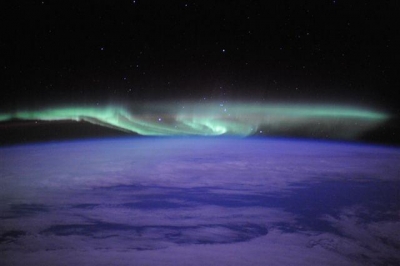What is Matter?

Matter is everything around you. Atoms and compounds are all made of very small parts of matter. Those atoms go on to build the things you see and touch every day. Matter is defined as anything that has mass and takes up space (it has volume).
Everything is made of matter. Matter is anything that has weight and takes up space, so a rock, a dandelion, a rabbit, and a puddle of water are all matter. And you are matter, too. There is matter in everything around you.
Even air is matter. You don’t feel how much air weighs because most things are heavier than air. But air has weight. And it takes up space. You feel it take up space when you breathe. You see it take up space when you blow up a balloon.
Even though matter is everywhere around the universe, it usually only comes in just a few forms. Scientists have discovered five states of matter so far: solid, liquid, gas, plasma, and Bose-Einstein condensates. The most common are solids, liquids, and gases.
What’s the difference between these different states of matter? It’s all about the physical state of their atoms and molecules.
For example, a water molecule (H2O) consists of two hydrogen (H) atoms and one oxygen (O) atom. Whether its physical state is a solid (ice), a liquid (water), or a gas (vapor), it’s still water made up of H2O molecules.
Picture Credit : Google











